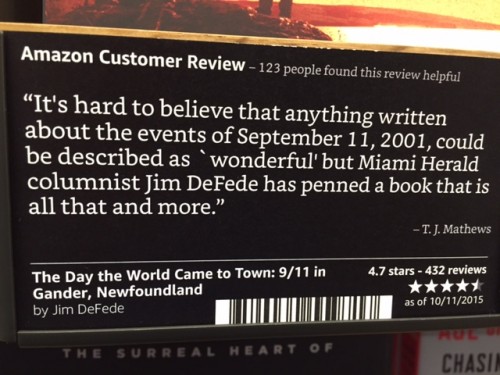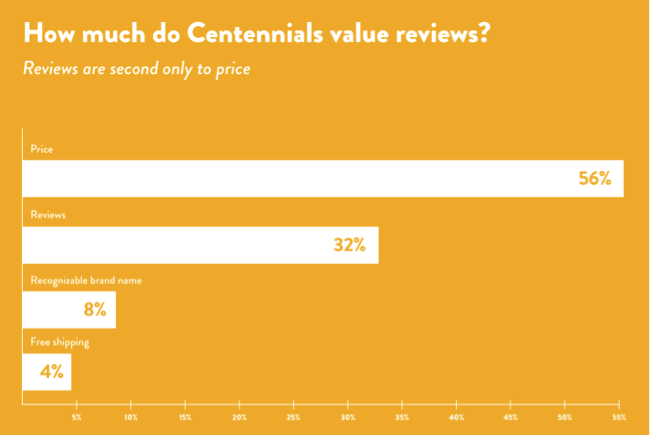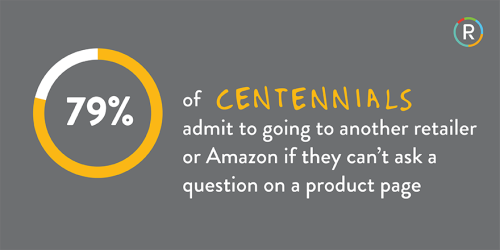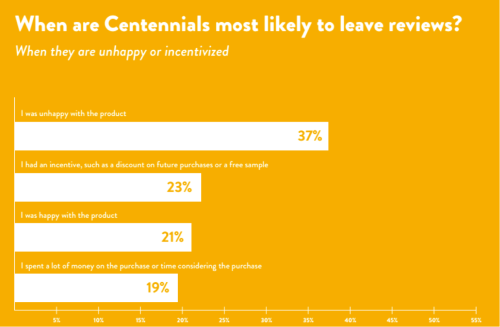Last fall, Amazon.com made waves when they opened their first brick and mortar retail location, joining a growing list of other online retailers that have opted to open physical store locations — Warby Parker, Birchbox, and Rent the Runway, just to name a few.
And it seems the company’s first store, called Amazon Books, has been a success. Last week, the CEO of General Growth Properties, a real estate investment trust that owns and manages shopping malls, made a statement on an earnings call indicating that Amazon plans to open between 300 and 400 new locations. General Growth Properties later issued a retraction, saying the CEO’s initial statement “was not intended to represent Amazon’s plans.”
Amazon’s response to this statement? “No comment.” The company is keeping their expansion plans (or lack thereof) under wraps. This isn’t surprising, considering Amazon’s secrecy around other initiatives, including the opening of their first store location.
Only time will tell what Amazon’s plan is for additional store locations, but it’s looking like the eCommerce giant plans to add at least a few more retail locations. One of the biggest clues is that Amazon is actively recruiting for a location in La Jolla, California.
Regardless of whether Amazon open 3 or 300 stores, there are plenty of lessons brands and retailers can learn from Amazon’s foray into brick and mortar.
There’s Value in a Physical Storefront
Everywhere we turn, we hear about the growth of digital and mobile. In fact, a recent report from Forrester Research predicts that online sales will grow by an average annual rate of 9.32% over the next 5 years.
But today, the majority of retail sales still happen in a store. A brick and mortar presence allows customers to experience a brand’s products firsthand before making a purchase. In a store, consumers can hear the sound quality of a TV, sit on a chair to feel how comfortable it is, or determine if a pair of boots runs true to size. Plus, in-store shoppers can experience instant gratification. They see something they want, and they can take it home that day.
In addition, physical stores add a human element to a brand. A consumer’s connection with a sales associate in a brick and mortar store can not only lead that consumer to make a purchase, but also turn her into a brand advocate.
And it’s not just the older generations who are opting to shop in-store. A recent survey we conducted of Generation Z (age 13-18) shoppers found that while nearly all of them do their shopping research online, 46% prefer to make the actual purchase in store, compared to 37% of Millennials who prefer to purchase in-store.
Reviews are Key For In-Store
It’s largely understood that reviews play a key role in converting online browsers to buyers. But remember: reviews are also important for in-store purchases. A survey we conducted last year found that 70% of shoppers want to access product ratings and reviews while shopping in a store.
Reviews play a starring role in Amazon’s storefront location. For starters, the books available in the store are chosen primarily based on reviews — most items in the store have an average star rating of at least 4 stars on Amazon.com.
In addition, Amazon prominently displays reviews for the books available for purchase in their store. A review card is displayed under nearly every book with a star rating, a review from someone who purchased the item from Amazon.com, and a barcode. The barcode, when scanned using the Amazon app, takes the consumer to the item’s product page on Amazon.com so he or she can see the reviews for the item.

Amazon clearly understands the importance of providing shoppers with all the information they’re looking for, regardless of whether they’re shopping online or in-store.
Online and In-Store Should Complement, Not Compete
Stop thinking about brick and mortar and online retail as competitors and start thinking about how the two can work together to provide a great experience for your customers.
Multi-channel retailers can use online and in-store purchases to better target their marketing efforts. For example, ask your in-store associates to capture customer emails through your existing rewards program. That way, you can send post purchase emails asking for reviews for those products, along with promotions and offers that are relevant to shoppers that purchase a particular product. I’m willing to bet that if you purchase a book from Amazon Books, that item will be factored in to the recommendations Amazon offers up the next time you sign on to their website.
What do you think Amazon’s plans are for expansion? Please share your thoughts in the comments below!








